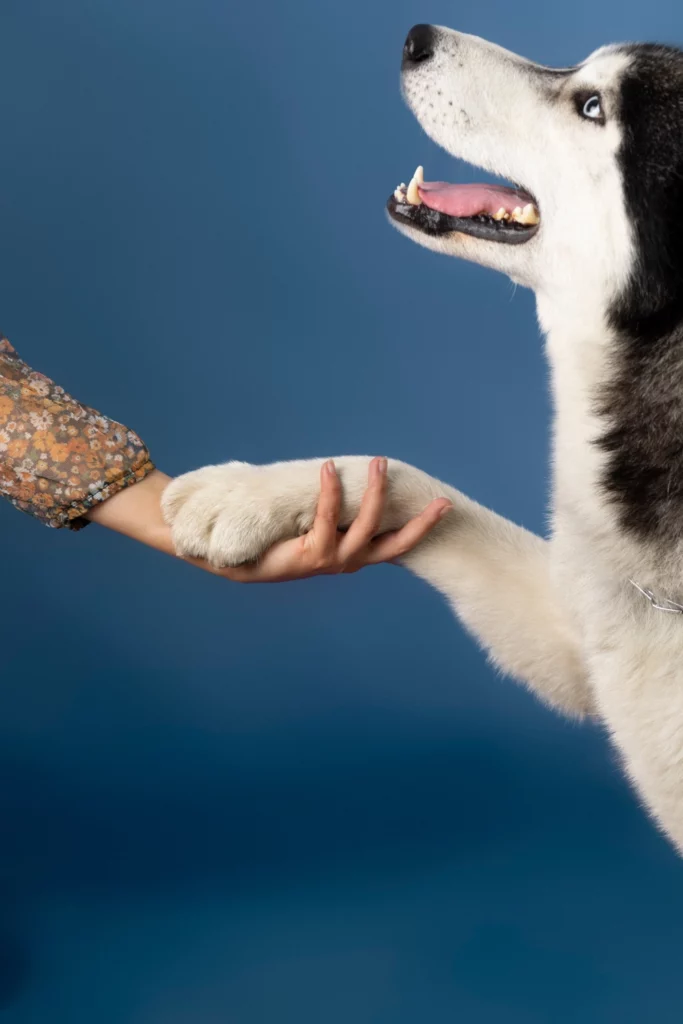Why it is important to understand your dog
Miscommunication is often the cause of behavioral problems. Barking, anxiety, damage to things – all of these can be signals that the dog wants something or feels uncomfortable. By understanding these signals, the owner can quickly eliminate the cause and build trust.

Dog body language
Dogs communicate not with words, but with gestures, facial expressions and postures:
By studying body language, you can anticipate your dog’s reactions and help him feel safe.
To understand a dog is to hear the voice that speaks without words, to notice the small signals hidden in their eyes, posture, and energy. When we learn this silent language, we not only prevent problems, but also build a bond based on trust, respect, and unconditional love
Emotions and needs
Dogs, like humans, experience joy, boredom, stress, and even jealousy. These emotions shape how they behave and interact with the world around them. When their feelings are ignored or misunderstood, it often leads to frustration, destructive actions, or withdrawal.
A dog that doesn’t get enough physical activity or mental stimulation may start barking excessively, chewing furniture, or showing signs of anxiety. These behaviors are not signs of a “bad dog” but rather signals that something important is missing in their daily life.
By giving your dog the right balance of activity, communication, and care, you create an environment where they feel secure and understood. In return, your dog responds with trust, loyalty, and unconditional love — building a bond that grows stronger every day.
To help your dog feel happy and fulfilled every day, focus on a few essential areas of care:
- Physical activity — regular walks, games, and opportunities to run.
- Mental stimulation — training sessions, interactive toys, and problem-solving games.
- Communication — consistent commands, positive reinforcement, and emotional support.
- Rest and comfort — a safe space to relax and recover, away from stress and noise.

The importance of trust
Trust is built gradually through care, consistency and patience. A dog that is confident in its owner becomes calmer, more obedient and happier.
Bottom line
Understanding your dog is the key to a long and happy relationship. Learn their language, respect their emotions and needs, and your bond will grow stronger.



